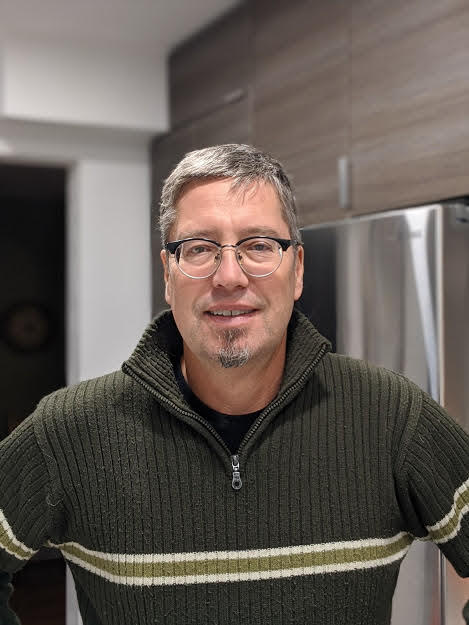Clayton Dickson

Adjunct Professor
Professor, Department of Psychology
PhD, University of Calgary
Laboratory: P-439 Biological Sciences Building
Email address: clayton.dickson@ualberta.ca
Office phone number: (780) 492-7860
Research Interests / Academic Activities
The Brain Rhythms Lab is interested in forebrain (cortical and hippocampal) population neural activity dynamics during different states of unconsciousness that occur during conditions like sleep and anesthesia.
One specific interest is how particular forms of brain activity during unconsciousness might benefit the expression of memory for events (episodic memory). Another interest concerns the similarities, overlaps, and differences between pharmacologically-induced unconsciousness (i.e., anesthesia) and natural sleep.
Another topic relates to the activity-dependent mechanisms of particular states of activity (e.g., those giving rise to slow-waves), as well as the mechanisms of changing states (e.g., those giving rise to shifts between nonREM and REM states). Our program of research involves understanding how and potentially why the brain spontaneously gives rise to complex patterns of activity at times when it is not being actively used to respond to the environment and to guide behaviour.
Teaching: Physiology 444/544. Also Psychology 371 and 471
Select Publications
- Ward-Flanagan R and Dickson CT (2019) Neurobiological Parallels, Overlaps and Divergences of Sleep & Anaesthesia. In: Hans C. Dringenberg, editor, Handbook of Behavioral Neuroscience, Vol. 30 (Handbook of Sleep Research), Amsterdam: Academic Press, pp. 223-236.
- Hauer B, Pagliardini S, and Dickson CT (2019) The reuniens nucleus of the thalamus has an essential role in coordinating slow wave activity between neocortex and hippocampus. eNeuro. 6(5) doi: 10.1523/ENEURO.0365-19.2019.
- Hauer BE, Negash B, Chan K, Vuong W, Colbourne F, Pagliardini S, and Dickson CT (2018) Hyperoxia enhances slow-wave forebrain states in urethane anesthetized and naturally sleeping rats. J Neurophysiol 120: 1505–1515.
- Greenberg A, Abadchi JK, Dickson, CT, Mohajerani MH (2018) New waves: Rhythmic electrical field stimulation systematically alters spontaneous slow dynamics across mouse neocortex. NeuroImage 174: 328-339.
- Viczko J, Sharma AV, Pagliardini S, Wolansky T, and Dickson CT (2014). Lack of respiratory coupling with neocortical and hippocampal slow oscillations. J Neurosci 34: 3937–3946.
- Pagliardini S, Funk G, and Dickson CT (2013) Breathing and brain state: urethane anesthesia as a model for natural sleep. Resp Physiol Neurobiol 188: 324–332
- Sharma AV Nargang F, and Dickson CT. (2012) Neurosilence: Suppression of neural activity with intracerebral applications of Anisomycin. J Neurosci 32: 2377–2387.
- Dickson, CT (2010) Ups and downs in the hippocampus: The influence of oscillatory sleep states on “neuroplasticity” at different time scales Behav Brain Res 214: 35-41.
- Clement EA, Thwaites M, Richard A, Ailon J, Peters SR, and Dickson CT (2008) Sleep-like cyclic alternations of brain state under anaesthesia. PLoS ONE 3: e2004.
- Wolansky TD, Clement EA, Peters SR, Palczak MA, and Dickson CT (2006) Hippocampal slow oscillation: A novel EEG state and its coordination with ongoing neocortical activity. J Neurosci 26: 6213-6229.
Laboratory Members
Saja Al-Smadi, PhD student